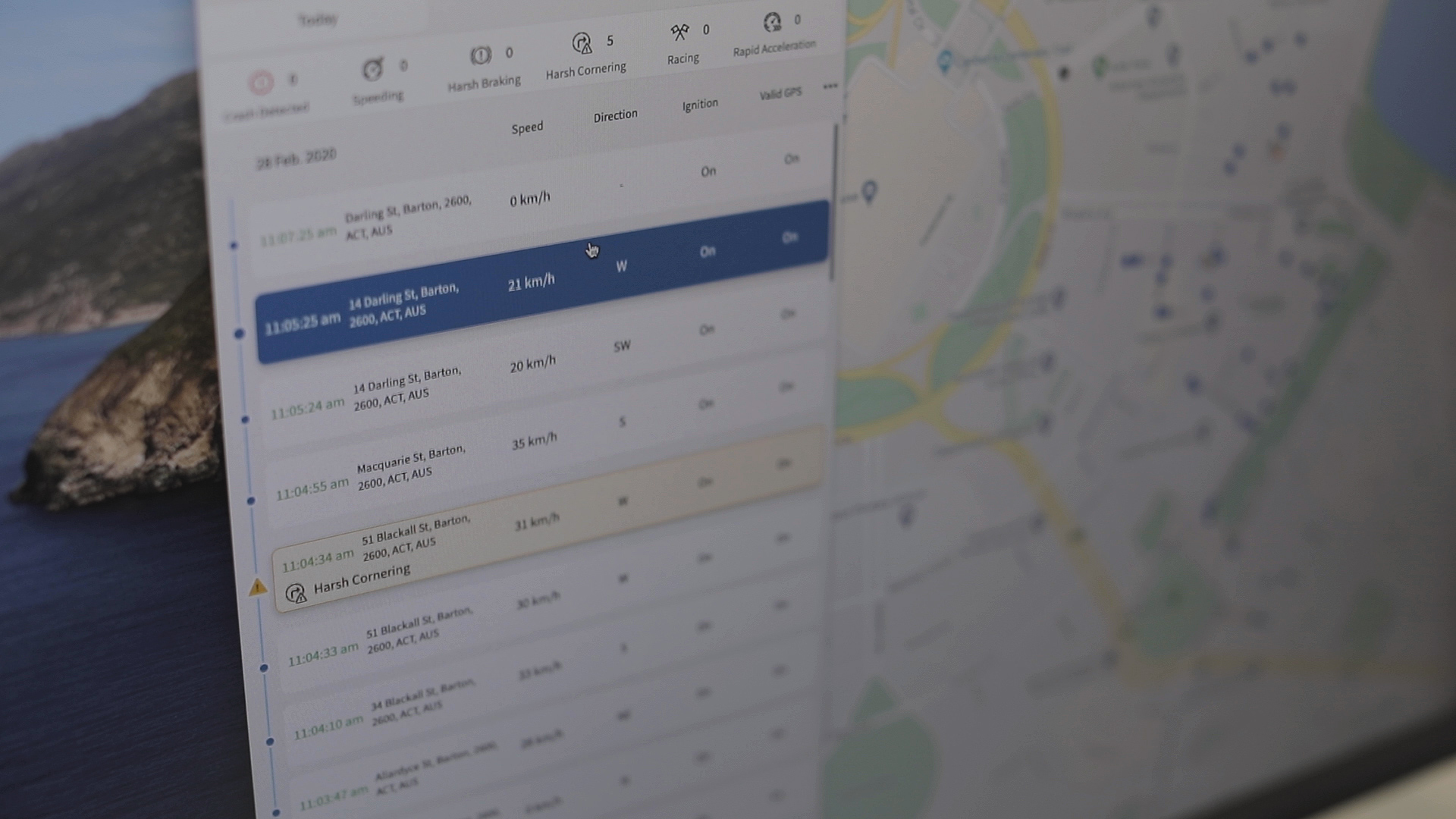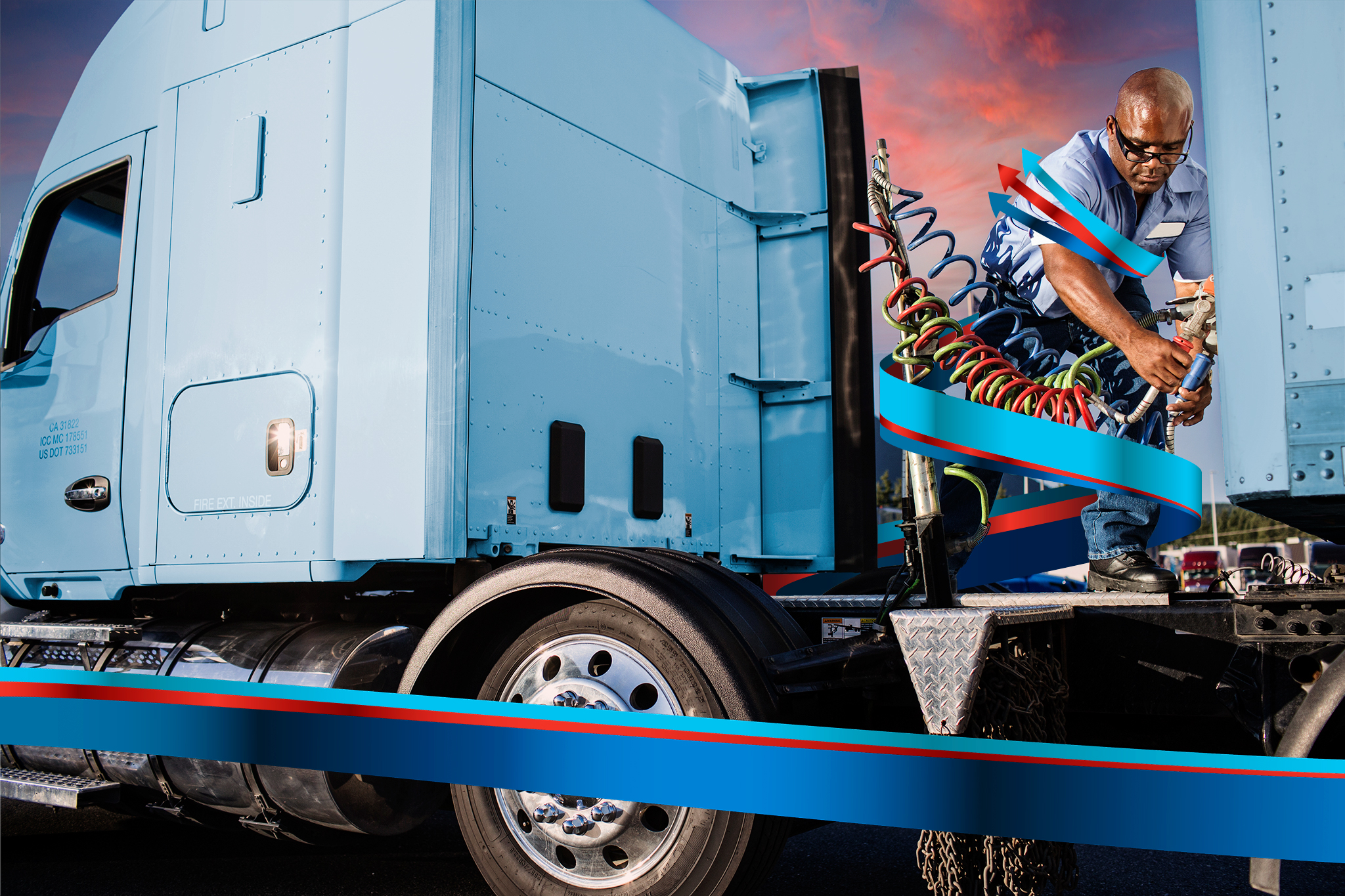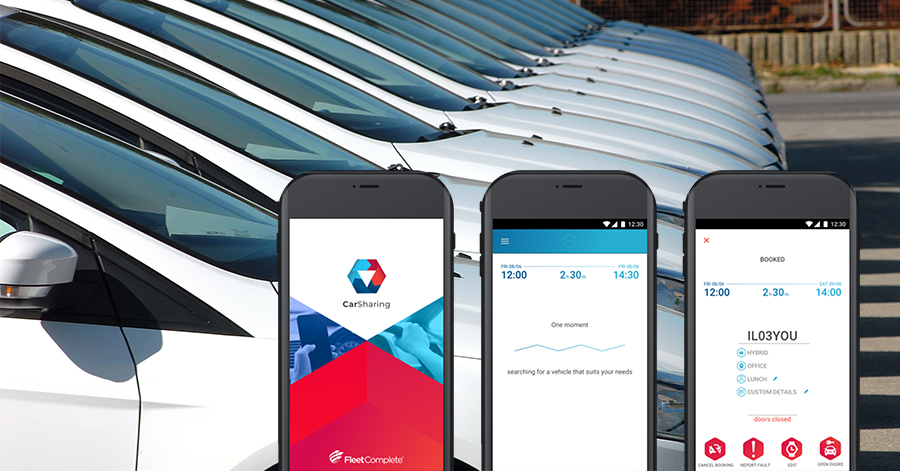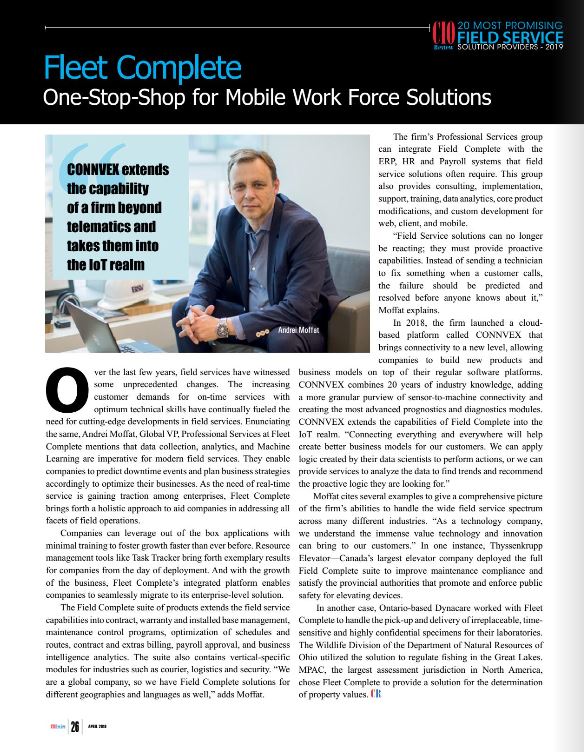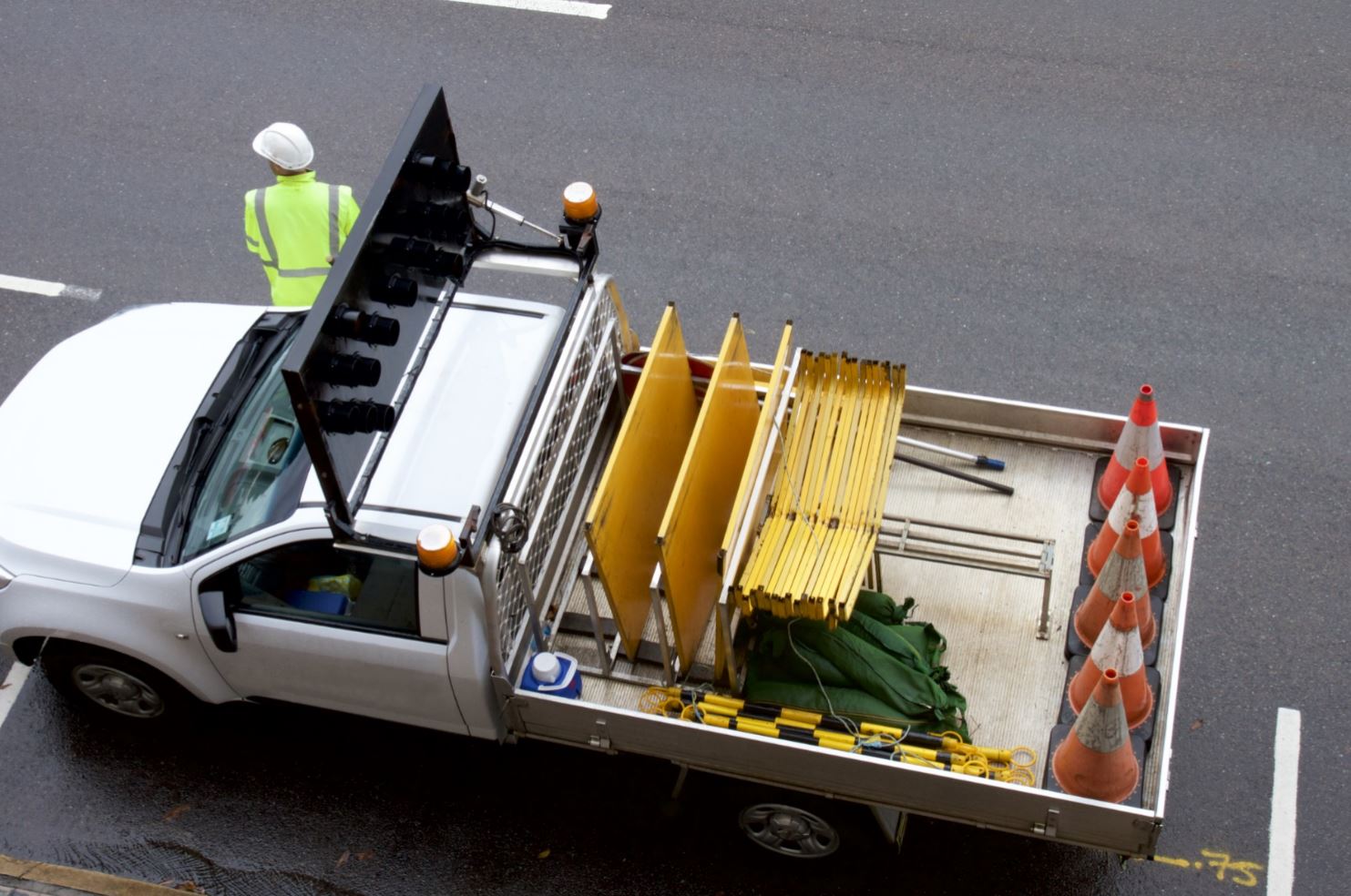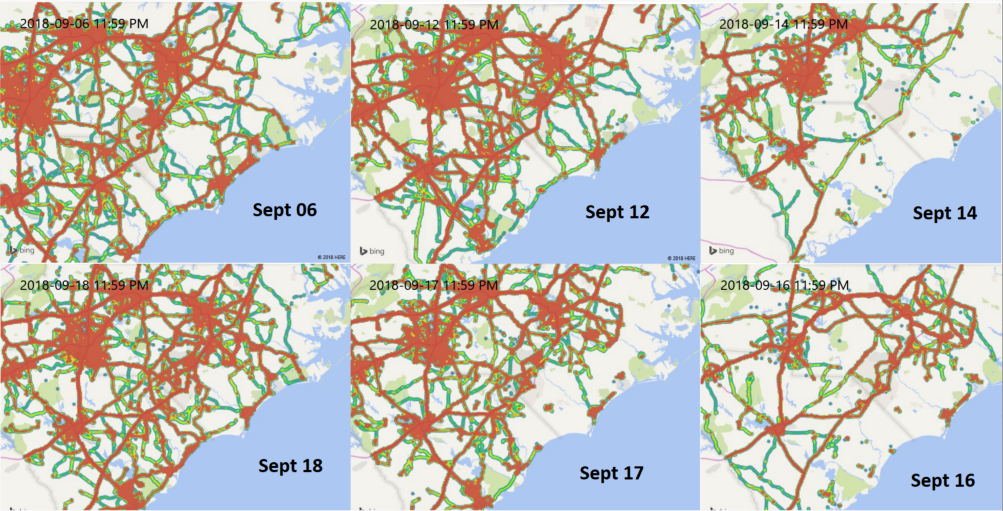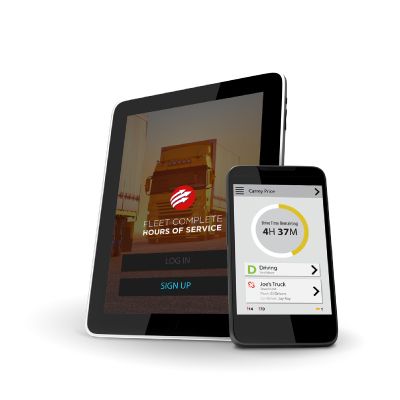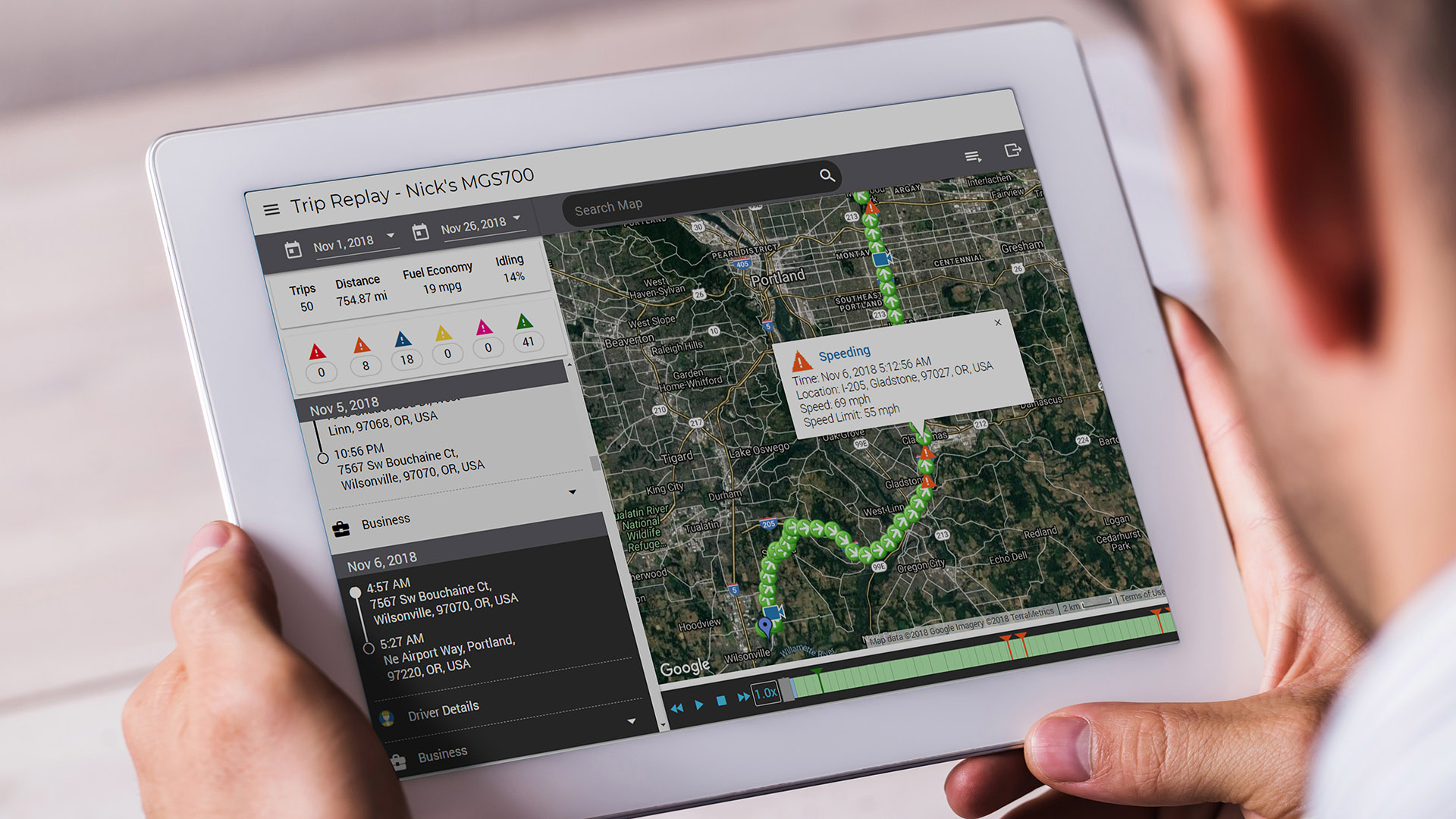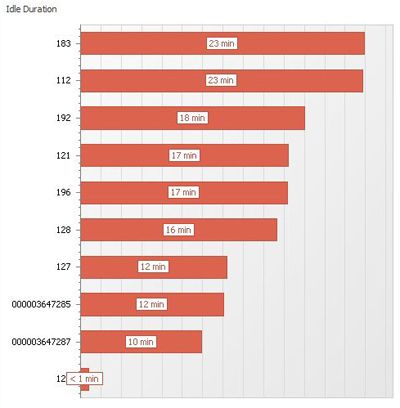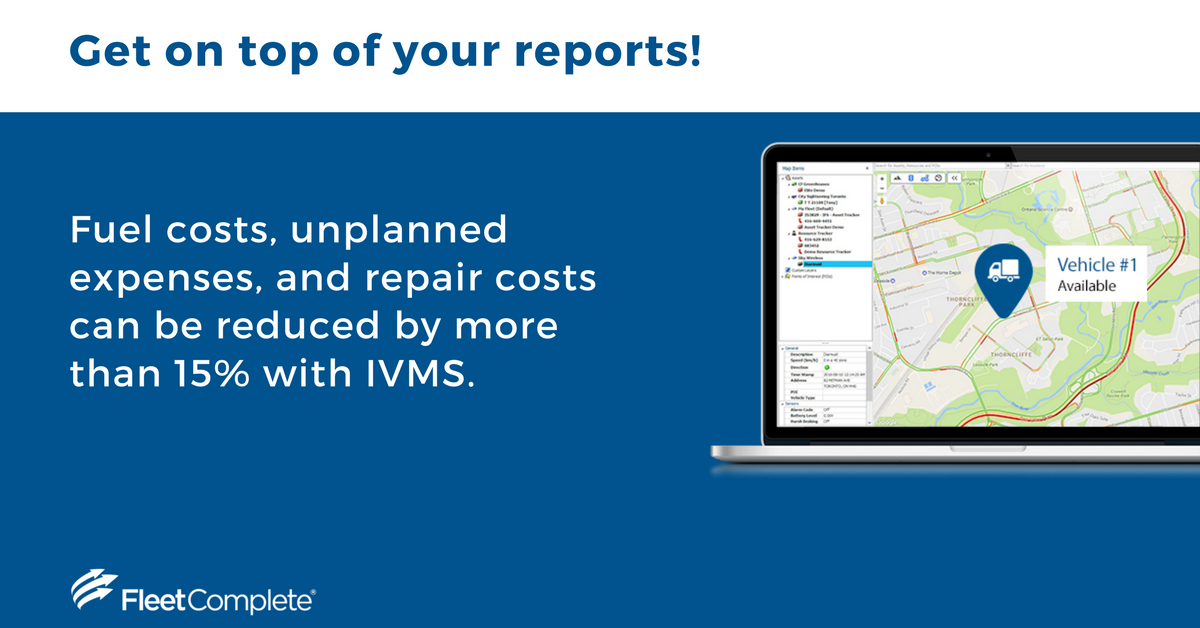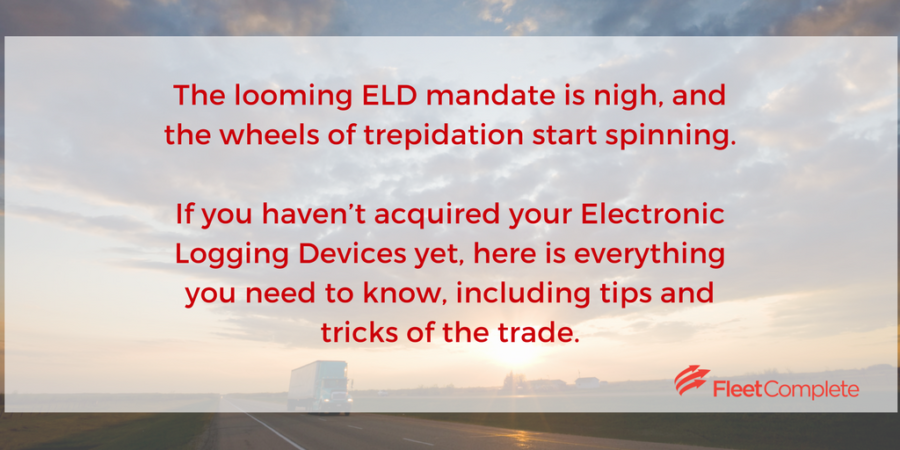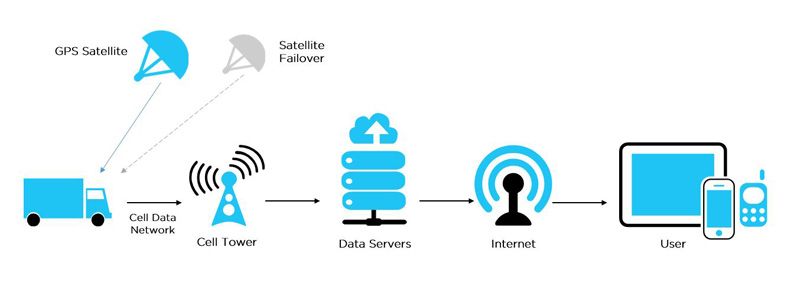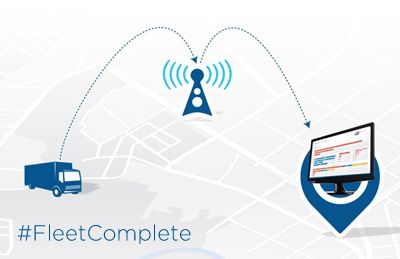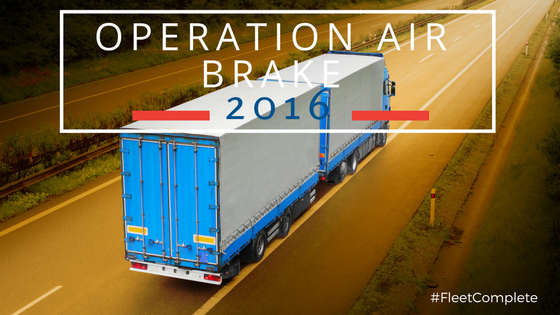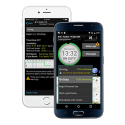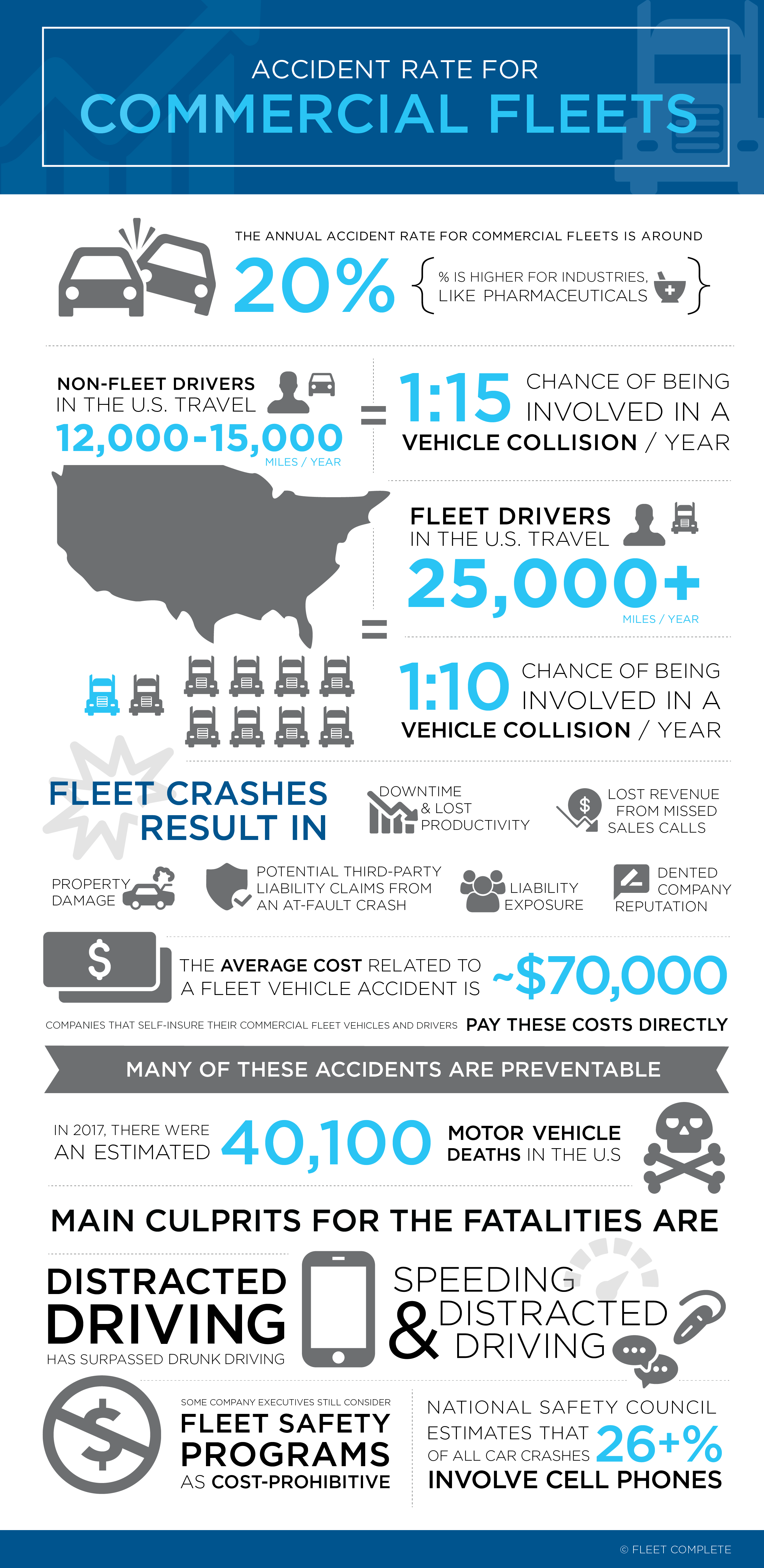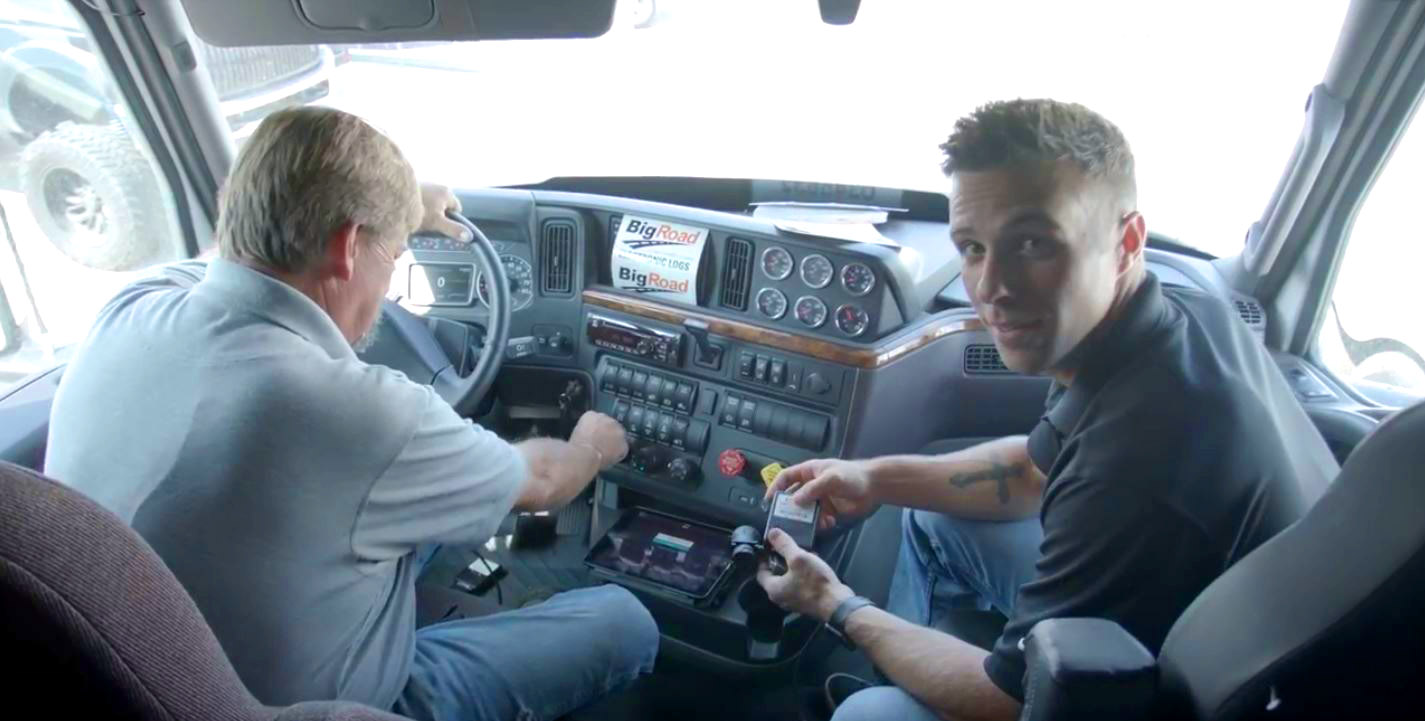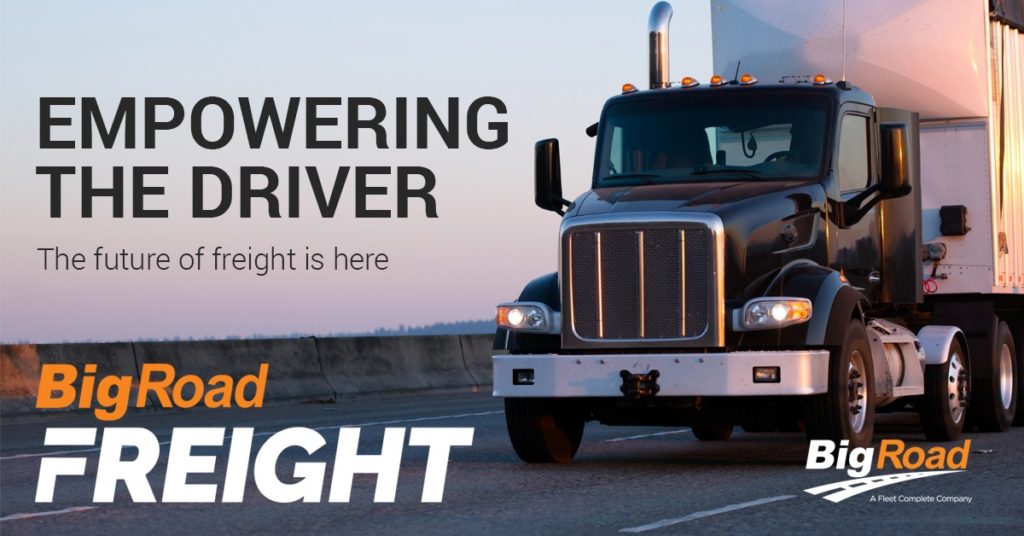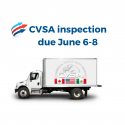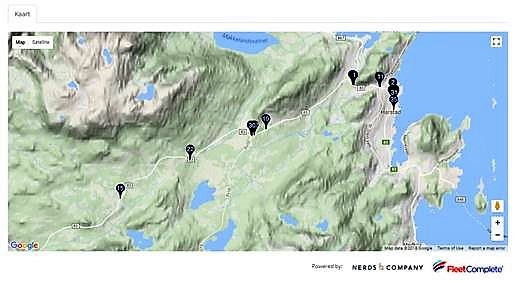The Federal Motor Carrier Safety Administration (FMCSA) released a new Electronic Logging Device (ELD) mandate that requires all trucks driving on U.S. highways to have an electronic vehicle log book installed within their vehicle by December 18, 2017.

Current legislation, FMCSA’s rule 395.15, states that drivers must log their duty status, whether they are operating the vehicle, or are on or off-duty. Furthermore, according to the United States Department of Transportation, these records must be readily available if requested by law enforcement. Drivers must be able to present their duty reports from the past seven days, plus the current day.
What is the Electronic Logging Device Mandate?
FMCSA’s 516-page ELD mandate, also known as the “Final Rule”, updated previous safety administrations to include sections on Hours of Service (HoS) and how electronic logging devices can make your drivers’ lives easier while remaining compliant with HOS.
The basics of the FMCSA ruling states that ELDs:
- Must track a driver’s hours-of-service electronically;
- Connect to the truck’s engine to capture drive status;
- Must be connected to a central monitoring system where a fleet manager can keep track of drivers’ status;
- Will address driver harassment problems by eliminating pressure.
Within two years, approximately three million drivers are expected to be impacted by this ruling. Unless otherwise exempt by the new rule, trucking fleets without fleet monitoring software that includes an electronic logbook will be required to update their technology.
What the ELD Mandate means for Canadian Drivers
Canadian regulations do not currently require electronic logging devices as of yet, and the likelihood of ELD rulemaking in Canada is expected in the foreseeable future.
However, Canadian truck drivers operating commercial motor vehicles into the U.S. are not exempt; any vehicle that operates on U.S. roadways will be required to have an FMCSA compliant ELD by December 2017.
Currently, drivers are required to fill out paper logbooks manually that include their on-duty, off-duty and driving time. Logbooks for the previous 7 days (or 14 days in Canada) must be surrendered upon request of an inspector.
HoS regulations in Canada may allow a driver to make a daily log by using a recording device installed in a commercial motor vehicle, if the device meets the minimum requirements of the regulation in the jurisdiction the vehicle is traveling in.
Canadian Hours of Service rules state that any driver who has accumulated 13 hours of driving time (or 14 hours of on-duty time) is required to stop driving immediately and take 10 consecutive hours in the U.S. (8 hours in Canada) off-duty time.
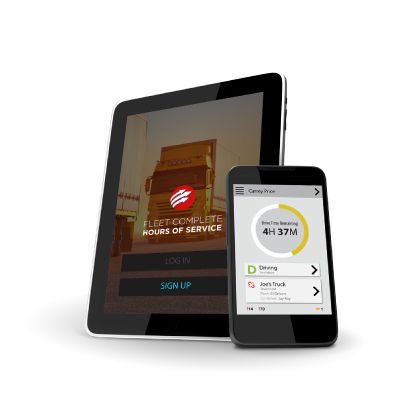
ELDs and Their Proven Safety Benefits
HoS compliance has always been a hot-button issue. Whether drivers overwork themselves to get more driving done or are forced into working extra hours, the safety of a fatigued driver affects everyone on the road.
According to an FMCSA report, “Evaluating the Potential Safety Benefits of Electronic Hours of Service Recorders”, electronic logbooks resulted in an average of 46% lower driver-related accidents.
More specifically, ELDs resulted in a:
- 45% lower total crash rate;
- a 38% lower preventable crash rate;
- a 55% lower US Department of Transportation recordable crash rate.
The learning curve
Once you have a GPS fleet monitoring system installed on your trucks, it is important that the drivers completely understand how to use it.
The driver is responsible for properly maintaining their vehicle log book, just as they were responsible for maintaining compliance using paper logbooks. Auto changes or assistance can no longer be made, except for two outlined in the final rule:
- Changing to driving status when the motion of a truck is faster than 5 MPH is detected
- Changing to on-duty not driving when the driver has been idle for 5 minutes and hasn’t responded to system prompts. Other than that, the system is straightforward enough that you can easily implement numerous functionalities, and anyone can learn the program.
Get in touch with us today to discover how our ELD Solution can help your business easily prepare for the compliance deadline.



















